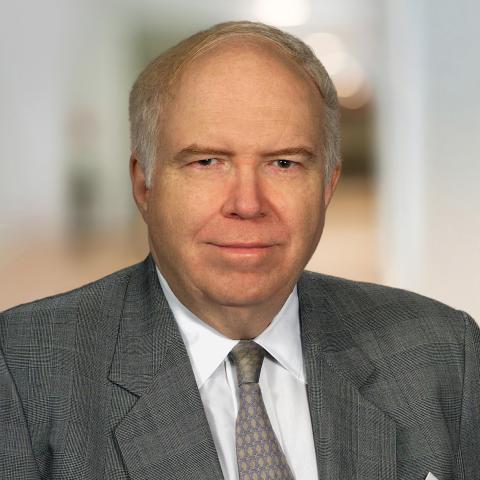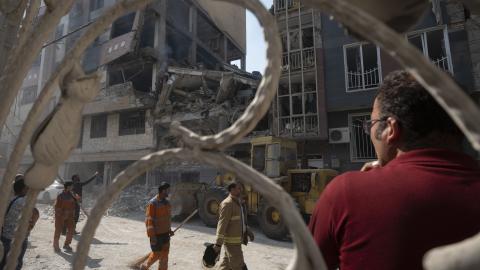The New York Times has an upbeat article about the growing numbers of workers in America who have it all: jobs they love, careers that inspire them, and the freedom to work “in place”—which is to say, at home. An excerpt:
Back in 2007, during a weekly check-in, my wife’s manager delivered some unexpected good news: “You don’t have to be in the office to do this job,” she said. “You could work from wherever you want.” A fast six months later, we left hot, crowded Austin, Tex., and moved into an apartment on Munjoy Hill in Portland, Me., with a commanding view of Casco Bay only steps away.
This is told as a fantastic story of human empowerment and social transformation, which it is. More and more of us are escaping the tyranny of location; thanks to the telecom revolution we can work where we want and when we want.
The rise of telecommuting will lead to better, richer lives. Families will be stronger. The environment will benefit from less commuting. All good.
But it also represents the death of the political philosophy and economic system that the Times is otherwise prepared to defend to the last: the blue social model. If this revolution continues—and it will—fewer and fewer people will be stuck in big, high tax, over-regulated cities. While some will still choose to live there, many, especially those raising children, will not.
In the long run, people who live and work the way that the subject of the Times article does will simply not support the cumbersome procedures and institutions of the bureaucratic state as we know it.
The butterfly of an information society is struggling to escape from the industrial age cocoon. The future is not the “return” of manufacturing jobs but the development of new, more human-centered and more rewarding kinds of work.
To make this possible we have to stop thinking that defending the blue model status quo is somehow “progressive.” We also have to think about how society can work better for people whose jobs still have to be done the old fashioned way—showing up and grinding it out. We can’t all phone it in as system design engineers living in Portland. More and more of us will be—and that’s a good thing—but there’s a lot of work to be done.
















